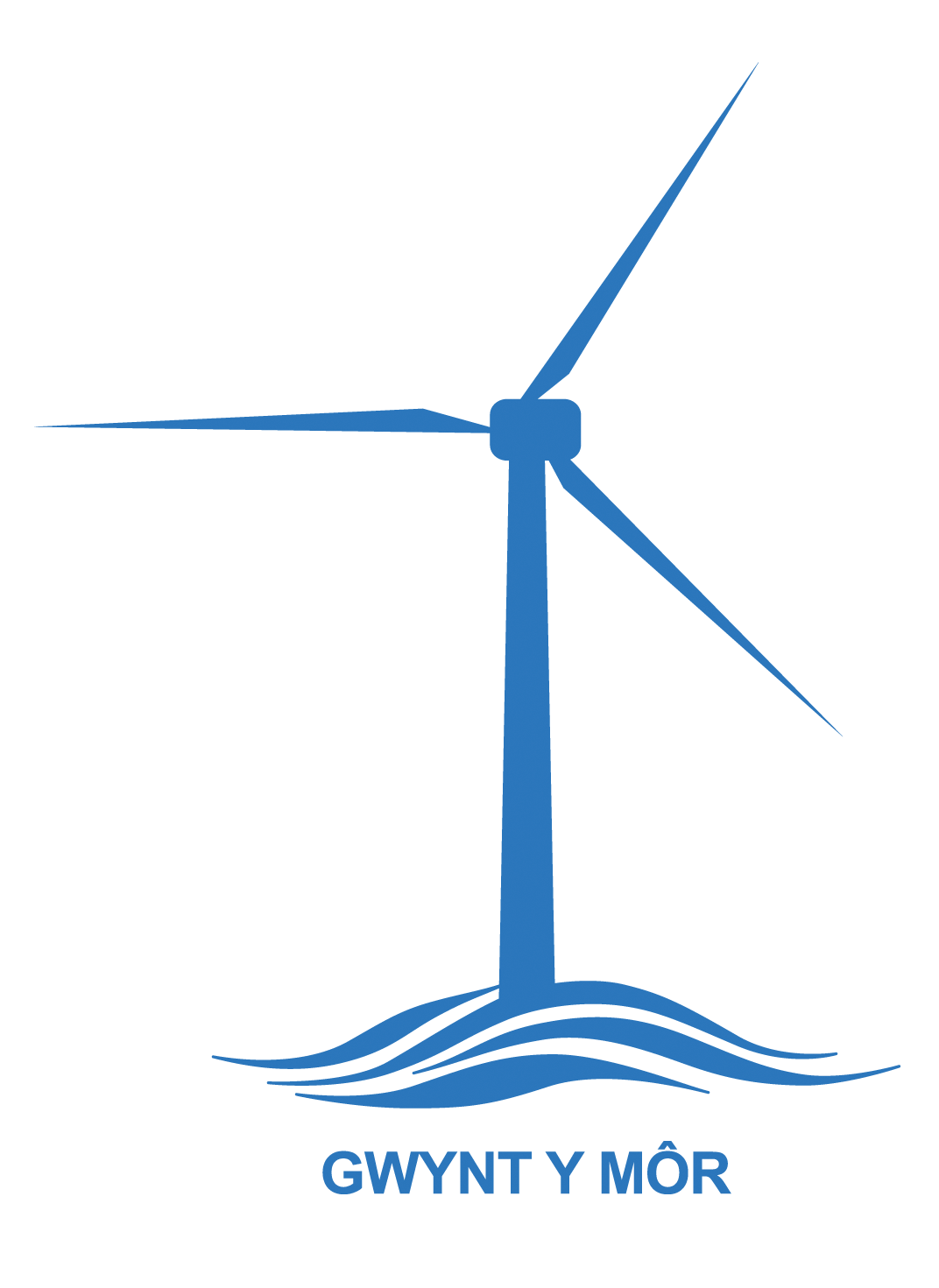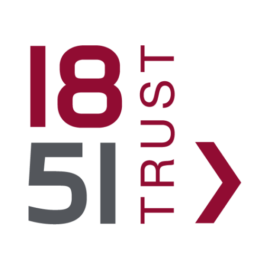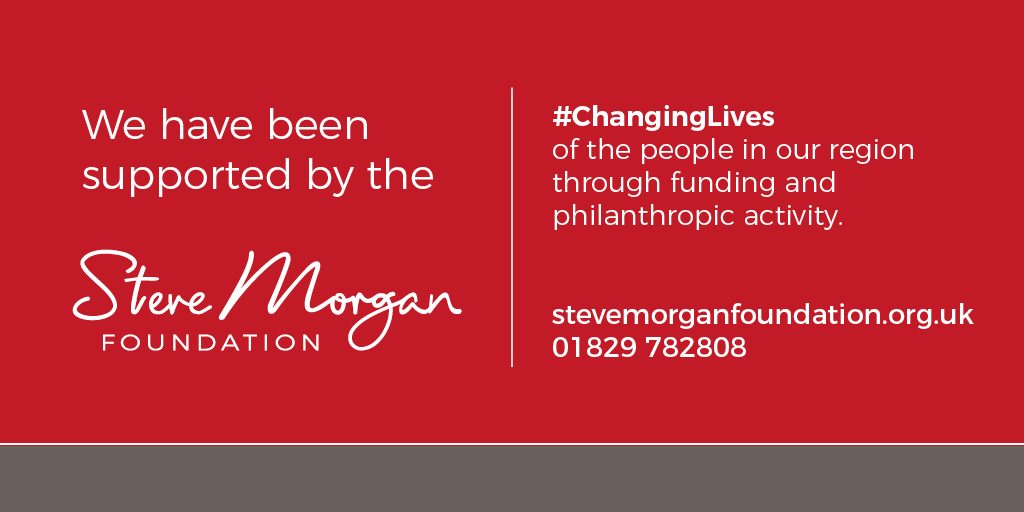Good practice concerning photography, websites and social media
Photography
Publishing articles and photos in club newsletters, websites, local newspapers etc is an excellent way of recognising young people’s achievements and of promoting your organisation and the sport as a whole. However it is important to minimise the risk of anyone using images of children in an inappropriate way. Digital technology makes it easy to take, store, send, manipulate and publish images. When recognising and publicising the achievements of young people, i.e. competition winners, be wary when publishing images and naming the young person.
There are two key principles to bear in mind:
Before taking photos or video, obtain written consent from the child and their parents/carers for their images to be taken and used:
- A consent form could be included with the event entry form (All Afloat Sample Document Parental Consent Form).
- Any photographer or member of the press or media attending an event should wear identification at all times and should be fully briefed in advance on your expectations regarding his/her behaviour and the issues covered by these guidelines.
- Do not allow a photographer to have unsupervised access to young people at the event or to arrange photo sessions outside the event.
- Consent should also be obtained for the use of video as a coaching aid. Any other use by a coach will be regarded as a breach of the RYA’s Code of Ethics and Conduct.
- Care must be taken in the storage of and access to images.
When publishing images, make sure they are appropriate and that you do not include any information that might enable someone to contact the child.
- It is preferable to use a general shot showing participants on the water, or a group shot of the prizewinners, without identifying them by name.
- If you are recognising the achievement of an individual sailor and wish to publish their name with their photo, DO NOT publish any other information (eg. where they live, name of school, other hobbies and interests) that would enable someone to contact, befriend or start to ‘groom’ the child.
- Ensure that the young people pictured are suitably dressed, to reduce the risk of inappropriate use.
Most sailing activity takes place in areas that are open to the public and it is therefore not possible to control all photography, but any concerns about inappropriate or intrusive photography, or about the inappropriate use of images, should be reported to the organisation’s child protection/welfare officer and treated in the same way as any other child protection concern. Parents and spectators should be prepared to identify themselves if requested and state their purpose for photography/filming.
The use of cameras or camera phones in changing areas should not be permitted in any circumstances. Such use by young people should be regarded as a form of bullying.
Websites and Social Media
When promoting your club and encouraging your members to interact through a website or social network such as Facebook, there are a few issues to bear in mind in relation to children and young people:
- follow All Afloat guidance on the use of images of children (see Photography section above)
- ensure that the content and language on your site or page, including contributions to blogs, forums etc, is not inappropriate for younger visitors and does not link directly to unsuitable material on other sites
- provide a clear process for parents and others to report inappropriate content or online bullying and to request that content is removed
- have a robust procedure for handling and assessing such a report or request and acting promptly to remove the offending content.
All Afloat does not use social media as a means of communicating directly with children and young people.
The Scout Association produces some straightforward guidance for adults and young people on using social networking sites and which can be found at www.scouts.org.uk
Another source of information about staying safe online is www.thinkuknow.co.uk






